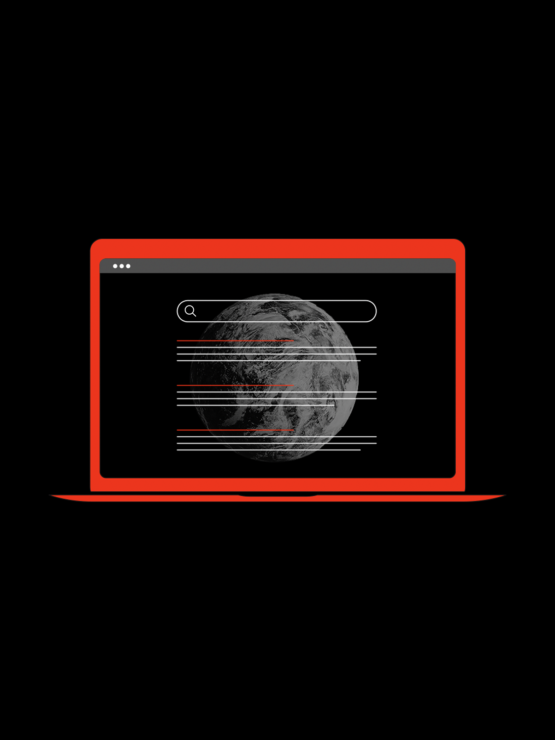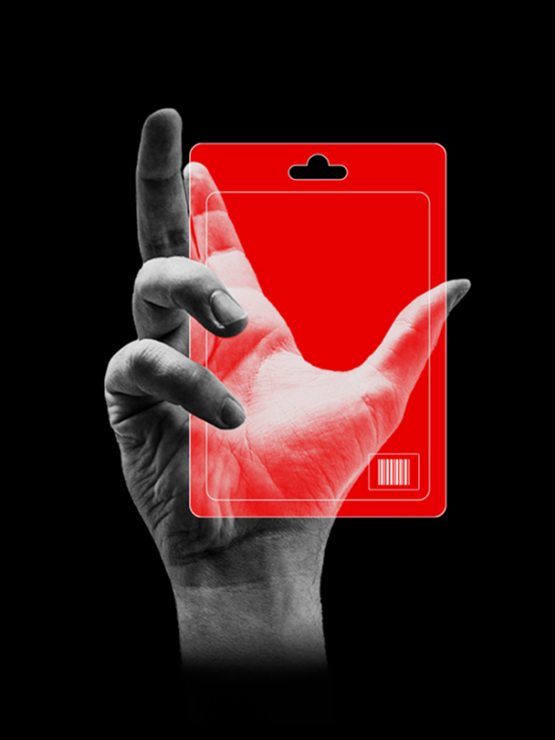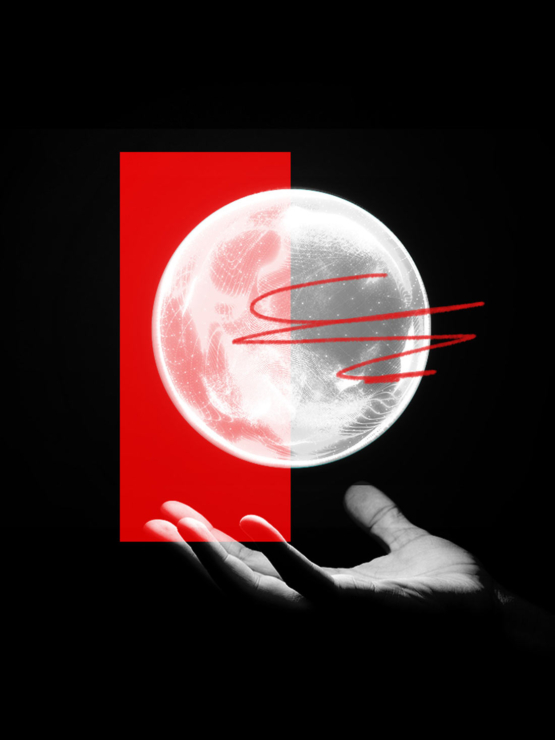We’ve talked about <a href=”https://whitepenny.com/blog/branding-identity-and-how-to-begin”]]–>how to brand your company, and we’ve talked about <a href=”https://whitepenny.com/blog/elevators-and-byproducts”>how to develop your elevator pitch</a>, so I think it’s time we dive into one of the things we spend the most time on here at [wp]: logos. Suffice it to say that there is more excitement, trepidation, and indecision when we’re developing logos than when we’re developing anything else. Our clients care deeply about their websites, about the messaging, etc., but due to a logo’s ability to be a singular representation of a company, it gets the most attention and analysis. Before we pick up our mice and get to work, however, there’s a lot of work to be done to not only figure out who the client is, where they’ve been, and where they’re going, but there’s also a log of work educating the client on what makes a successful logo and a successful logo development process.
Our generation has been spoiled with many great logos. Inevitably, in our initial discussions with clients, Apple, UPS, FedEx, or the United Way will come up, and the client will discuss how great those logos are, how simple they are, and how effective they are at conveying the respective messages of their companies. And they’re right. And wrong. While all of those logos are great, unique, and awesome (in the “inspires awe” sense, not the 80s skater version), they are also a product of years of television spots, product placement, and product branding that over the years have planted the seeds in our heads that Apple means “different” and UPS means “trust.” But sans this adverstisement barrage, what do these logos mean on their own? Turns out, not much, but…
Logos don’t mean. They convey.
Logos are a container of what we and others have projected on them over time. So for me, the VW logo means “freedom” because my first car was an ’89 Jetta (I’ll talk about Chanita sometime), but to my wife Jill, it means “A car that looks great but feels somehow dumpier than her old Honda Civic.” So logos can have many meanings (and in the aggregate, then, don’t mean much), but good logos convey certain traits that the company would like you to feel when you see them. These are visceral, instinctual traits that could make the top ten list of babies’ first words. Happy, strong, comforting, trustworthy, forward-thinking, etc. This is the language of logos. Let’s look at one.
It’s always sunny…
Take a look at that beauty. I know you know who it is, but humor me. What are you thinking when you look at that logo? I feel clean, positive, natural, sunny, happy. But as we all know, BP is pretty much the antithesis of every one of those ideas. But gosh darn it if I don’t think I’m filling my tank with the clean gas every time I stand at the BP pump. I can’t help it; they’ve attacked me on an instinctual level rather than an intellectual level. BP bought the old Amoco company a long time ago. Can you imagine the PR heads standing in front of that logo when they we’re trying to explain the Gulf disaster? You know, the one with the flaming oil stack? And therein lies the power. While logos don’t mean, they are powerful. By tapping into our subconscious lizard brains, they make us feel rather than think.
How do I make a better logo for my business?
Sounds like an article in itself, no? So I’ll let Jon tackle that one next. Stay tuned, and as always…
We’d love for you to follow us on twitter here: @whitepenny




